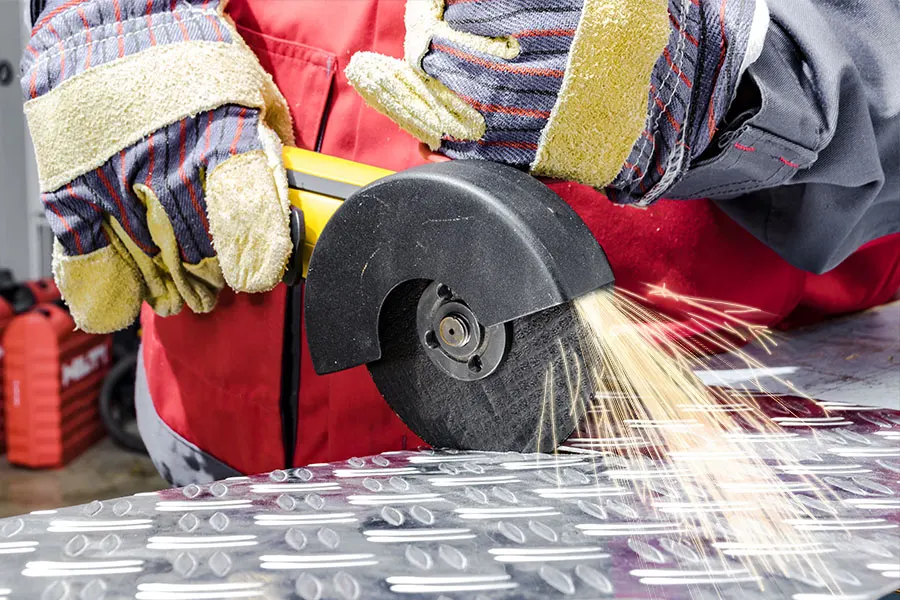
Grinders are essential tools for various applications, from coffee grinding to food preparation and DIY projects. However, like any mechanical device, grinders can experience issues that affect their performance and functionality. In this blog post, we will discuss several signs that indicate your grinder may be faulty or in need of repair. By recognizing these signs early on, you can take appropriate action to address the problem and ensure optimal grinder performance.
- 1.Inconsistent Grinding Results: One of the primary indicators of a bad grinder is inconsistent grinding results. If you notice that the grind produced is uneven, with some particles too coarse and others too fine, it may signal a problem with the grinder's burrs or blades. Over time, these components can become worn out, resulting in an inconsistent grind size. In such cases, it is advisable to have the burrs or blades inspected and, if necessary, replaced.
- 2.Excessive Noise: Unusual or excessive noise during grinder operation can be a clear warning sign of a problem. Grinding should produce a relatively consistent and smooth sound. If you hear grinding noises that are louder than usual or have a harsh, irregular quality, it could indicate issues with the motor, bearings, or other internal components. It is important to address these issues promptly to prevent further damage to the grinder.
- 3.Overheating Issues: Grinders can generate heat during operation, but if your grinder becomes excessively hot to the touch or shuts off due to overheating, it is a cause for concern. Overheating may indicate problems with the motor or electrical components. It is crucial to allow the grinder to cool down and have it inspected by a professional to prevent potential hazards or further damage.
- 4.Slow Grinding Performance: If your grinder takes longer than usual to grind a given amount of material, it may be a sign of a loss of power or mechanical issues. This could be due to a worn-out motor, dull blades or burrs, or other components that are struggling to perform effectively. If you notice a significant decrease in grinding speed or efficiency, it is recommended to have the grinder examined by a professional.
- 5.Frequent Jamming or Stalling: Grinders that frequently jam or stall during operation may indicate underlying problems. Jamming can occur due to blockages in the grinding mechanism or insufficient power to handle the grinding load. If you experience frequent jamming or stalling, it is advisable to stop using the grinder and have it inspected to identify and resolve the issue.
- 6.Visible Damage: Perform a visual inspection of your grinder for any visible signs of damage. Cracks in the housing, broken or bent parts, or loose connections can all indicate structural issues that affect the grinder's performance and safety. If you notice any visible damage, it is important to address it promptly to prevent further damage or potential hazards.
Recognizing the signs of a faulty grinder is essential for maintaining optimal performance and avoiding potential hazards. If you observe inconsistent grinding results, excessive noise, overheating, slow grinding, frequent jamming or stalling, or visible damage, it is recommended to seek professional assistance or contact the manufacturer for guidance. Regular maintenance, such as cleaning and replacing worn-out components, can help prolong the life of your grinder and ensure its reliable operation. Remember, safety should always be a priority when dealing with mechanical devices, so exercise caution and seek professional help when needed.